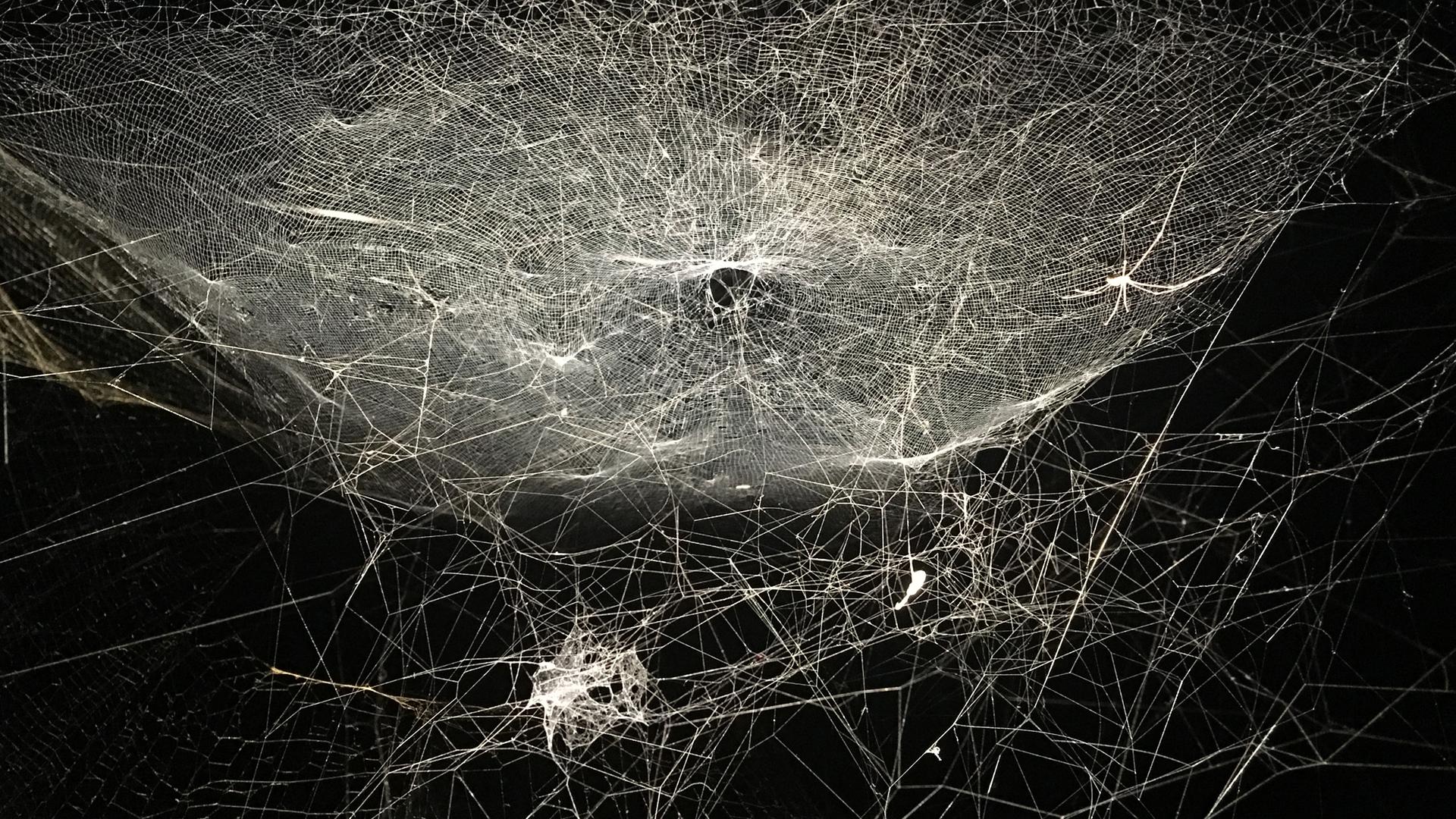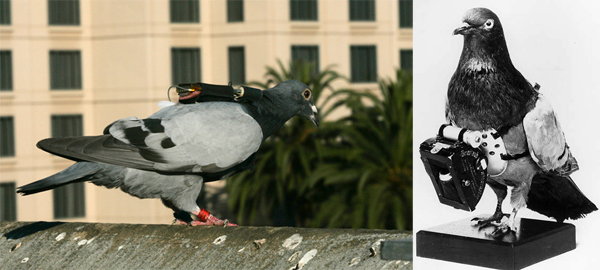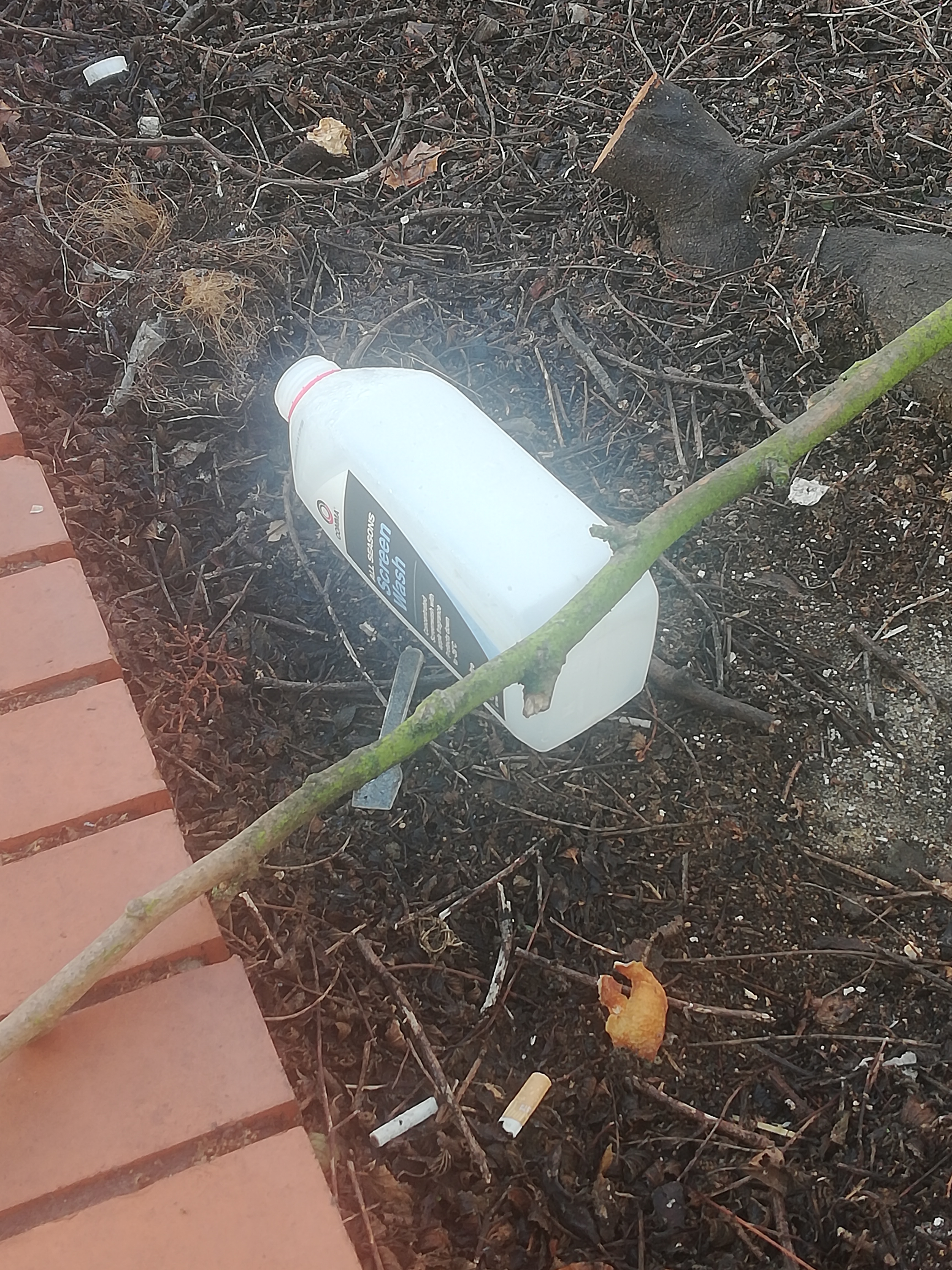Home
XIII. NON-HUMAN AGENCY & CLIMATE CHANGE
02/2019
"Sensing Climate Change and Expressing Environmental Citizenship" interestingly introduces how “lived experiences of humans and nonhumans (who) differently express the effects of climate change as a planetary event.” Beyond lively non-human witnessing activities, Jennifer Gabrys also introduces us to ways in which this witnessing and monitoring is genuinely felt, sensed and embodied physically. Indeed, through the example of her work in the arctic, she describes ways in which milieus are sites of “concretisation and materialisation” of climate change. Those milieus are both sensing agents and sensing contexts. This reminded me a lot of the scale theory introduced by Tsing A. in “The Mushroom at the End of the World - On the Possibility of Life in Capitalist Ruins” where she looks at Matsutake mushroom's socio-material scale to unpack the numerous effects of capitalism on its non-human being-ness and environment. It also caused me think of general eco-feminist concepts of intra-action and horizontality. By acknowledging anything dead or alive as a possible witnessing agent of climate change we, anthropocentrist individualists, are forced to look beyond informational data and care for our milieu through empathetic projection. It also invites us to engage with those sites which, acknowledging scales of evaluation, can be found pretty much everywhere.
I took a walk this morning and had to think of this piece of plastic trash standing in a delicate rhizome of tree branches as a form of witnessing. I could percieve the rhizome sensing the presence of this plastic.
I sometime express doubts about artists using ecological discourses as framework to develop work as I believe it is a citizen duty rather than an artistic topic. In this regard the text left me critic-less in both its theoretical argumentation and the various examples given as illustration. Indeed, I stumbled upon several initiatives which proved to be very well minded and non-opportunistic, where artists were rather inclined to contribute in sensing practices (by means of shared knowledge) rather than implementing sensing as a theme for their work. Hither, it is the very idea of commoning that transcends those artists practices. Further, active participation of artists turns to be rather interesting in terms of scale (again) and historicity. Indeed, local, collective, experimental ways of sensing climate change through DIY, and other bio-hacking means, provides a completely new perspective on the data one can use to attest climate change. Challenging quantitative hegemony of data sensing within a constant reconfiguration of science rational & quantitative approach to nature. Scale, always scale.
“Far removed from the Cartesian brain in a vat, here collaborative sensing refers to the ways in which shared worlds are felt, sustained and even created” Rosi Braidotti
Following this reading, we had an interesting debate (during Helen Pritchard’s presentation) around the work of young artist Kasia Molga, whom practices focuses on ways of sensing climate change and make it visually available for public awareness. Within her two projects: "The human sensor" & "Coral love story: chapter 1", we can witness how the artist cast shadows on realities of sensing — in that she aestheticises the data she manipulates. Either air or coral, both projects are in relation to the body (mostly female), and result in a very “Dutch Design” performative piece involving beautiful normal bodies performing "climate change awareness" through dance and slick aesthetic visions. Beyond their anthropomorphic aspects, both project do not in fact show any sensing act and disguise data into visually pleasant stimulis. The air pollution becomes designed shapes meanwhile coral’s death is turned into a vibrating led hooked upon latex. Moreover, sensing having to do with abject aspects of climate change, it is ambiguous to shift it into an aesthetically pleasing visual experience. It is indeed a lived experience, with all its discomfort and difficulties. In this regard, Molga's practice fails at both sensing and addressing consequences of climate change. By far, this sort of projects tends to participate in a scheme of institutionalised critical practices while being funded by governments and corporate groups. It is also questionable wether those artists actively take part in the discrediting of non-profit organisation disinterested positive actions.
Another project rose my attention considering animal agency in practices of sensing and witnessing. Indeed, PIGEON BLOG by BEATRIZ DA COSTA employs pigeons augmented with a digital apparatus of sensors in witnessing air pollution from a non-human perspective. In theory and practice the project is undoubtedly well meant, and I do not wish to criticise its intentions. Hence, my question here is that of the animal agency itself as participatory agent? Following Transmediale lecture on "Posthumanism: Feeling The Techno-Animal Embrace" by Jody Berland at the Canadian embassy, I wonder wether we should, or not, leave animals alone and investigate ways to sense their condition without ascribing them to work. Further, how could such practice produce an impact without imposing our tools and concepts upon to those beings? To an extended extreme the work of Tomás Saraceno displayed at Palais de Tokyo really stroke me with its inconsistency. The massive solo exhibition was introduced as follows: "ON AIR proposes a space and time that makes manifest the forces and entities that float in the air and their interactions with us: from CO2 to cosmic dust, from radio infrastructures to reimagined corridors of mobility. Thus, the invisible histories that compose the ecologies we are part of inviting us to poetically think alternative ways of inhabiting the world – and of being human." Humble, on the top of that. Here, the artist wishes to raise attention on the micro environment constitutive of our macro milieu through the exploitation and exhibition of spider's labour in building their subtle webs. By weaving complex networks of threads, the spiders are meant to make the public aware of their presence, work and existence. On this account, one would be partially ignorant to disregard the mise en abyme of such project. Hither the artist generates personal wealth, and personal recognition thanks to the insect labour. But where is the restitution to such contribution? Insofar, I did not hear of any contribution from the artist perspective to the actual well-being of those agents. I will conclude this post on the following question: how is the artist implementing non-human as sensing agents meanwhile actually restituting this active (unpaid) participation?
BIBLIOGRAPHY
Gabrys, J. (2016). Sensing Climate Change and Expressing Environmental Citizenship. Program Earth, pp.111-136.
Tsing, A. (2015). The mushroom at the end of the world. Princeton, N.J.: Princeton University Press.
ON AIR · STUDIO TOMÁS SARACENO : https://studiotomassaraceno.org/on-air/
Kasia Molga;
PIGEON BLOG by BEATRIZ DA COSTA;



Non-human exploitation looking niiiiiiiice in the gallery
RIP Rhizome, karl lagerfeld just died :(